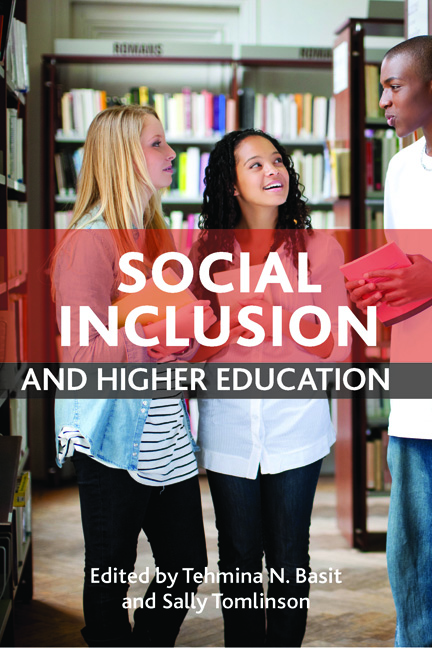four - Social inclusion in a globalised higher education environment: the issue of equitable access to university in Australia
Published online by Cambridge University Press: 01 September 2022
Summary
Introduction
Internationally, equity is usually considered to be one of the three fundamental measures of the effectiveness of a higher education system, alongside quality and efficiency. Equity is therefore one of the enduring issues for higher education policymakers, to be ignored at their peril. The importance attached to equity in higher education is unsurprising. It touches our beliefs about justice and our hopes for a fairer society, for social change and for national development. It also touches our hopes for our own families. For these reasons, equity is an issue on which many people have strong opinions and it is frequently the source of superficial newspaper headlines and cheap political point-scoring. From a public policy perspective, equity is a fine example of the limits of policy in creating social change, for equity in higher education is undoubtedly one of the ‘wicked problems’ for policymakers.
This chapter draws on a number of studies conducted by the Centre for the Study of Higher Education (James et al., 1999; James, 2001; James, 2002). The chapter is broad-ranging rather than narrowly focused. It would be possible, of course, to devote the entire chapter to the equity issues around gender, disability, rurality or Indigenous people's participation. But the chapter's focus in the main part is on the challenge of widening access for people from low socio-economic status backgrounds, for this is one of the persistent and seemingly intractable equity issues in Australia.
For a concept that is so widely discussed, and which has such intuitive appeal, equity is surprisingly difficult to define with precision. The various implicit and explicit conceptions of equity in higher education include the following:
• those who have the ability to go on to university are able to do so;
• there are no barriers to access to university;
• the selection for university places is on academic merit;
• the selection for university places is without discrimination on the basis of social class, gender, religion or ethnicity; and
• all people have the same opportunity to develop their talents.
The differences in these conceptions are subtle, but they are far from trivial. They lead to differing sets of assumptions regarding policy strategies and alternative ways of assessing the effectiveness of interventions.
- Type
- Chapter
- Information
- Social Inclusion and Higher Education , pp. 83 - 108Publisher: Bristol University PressPrint publication year: 2012

